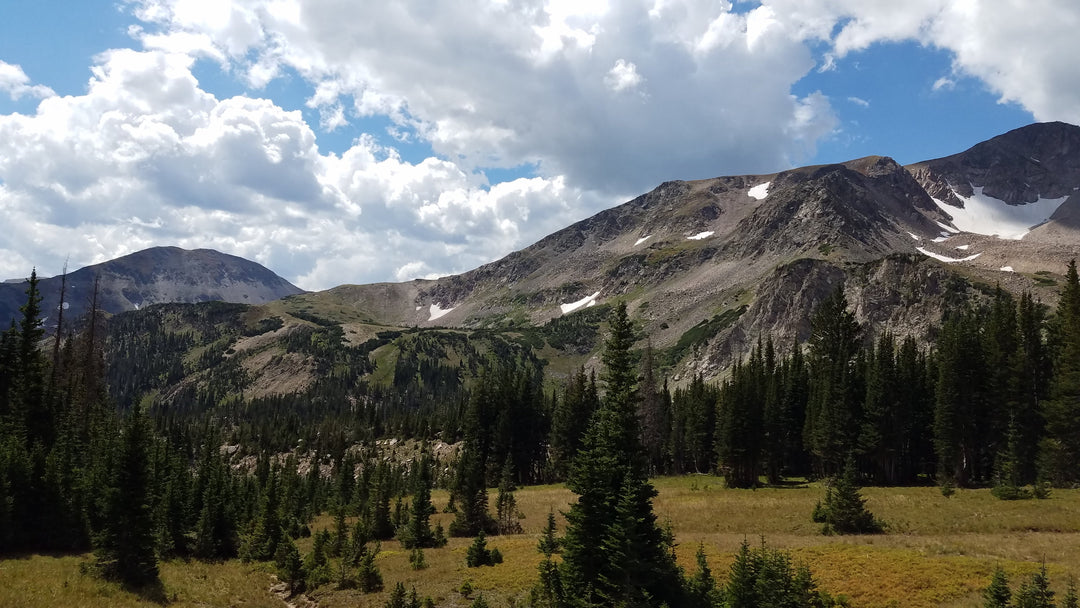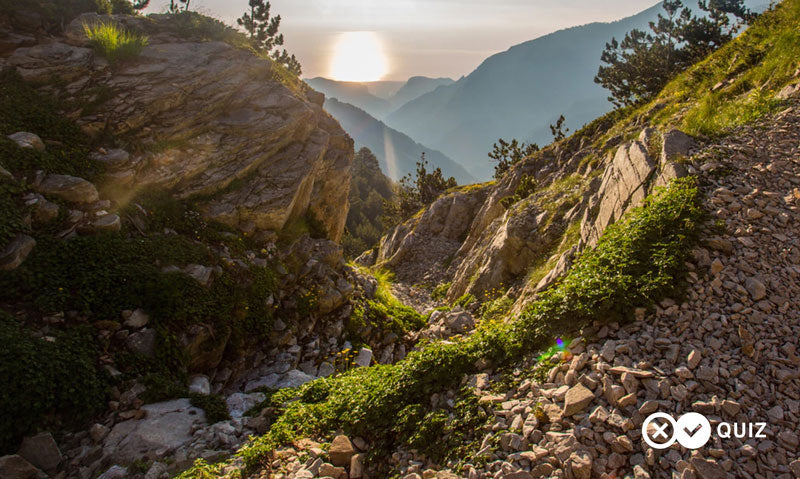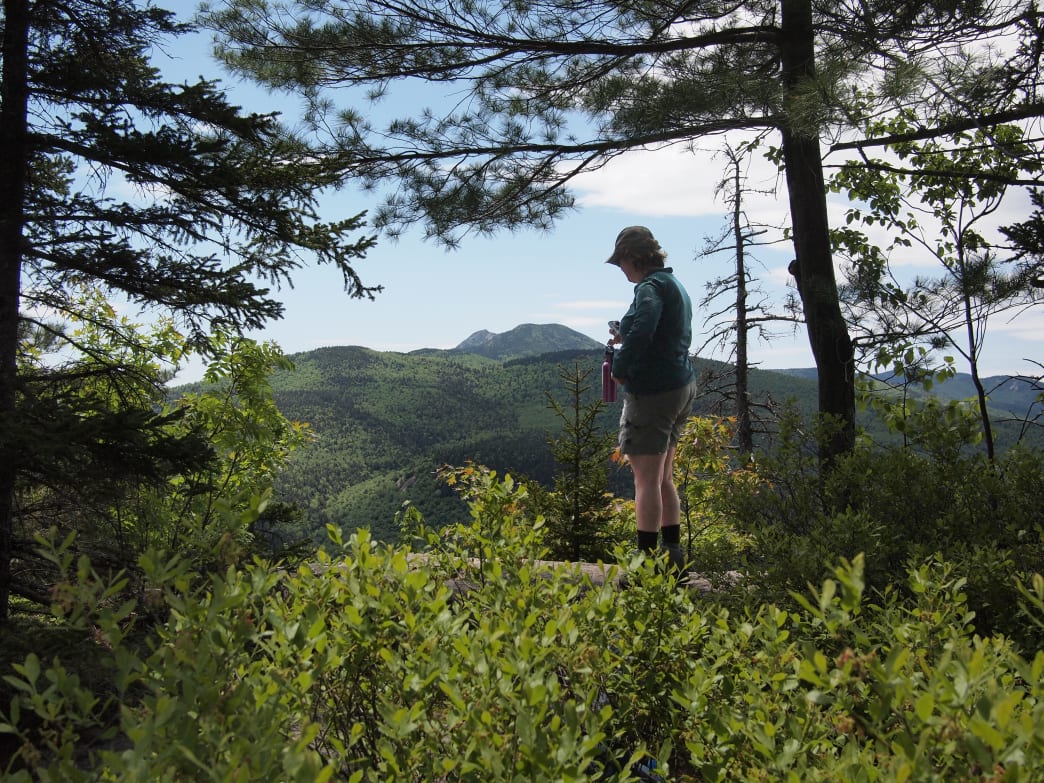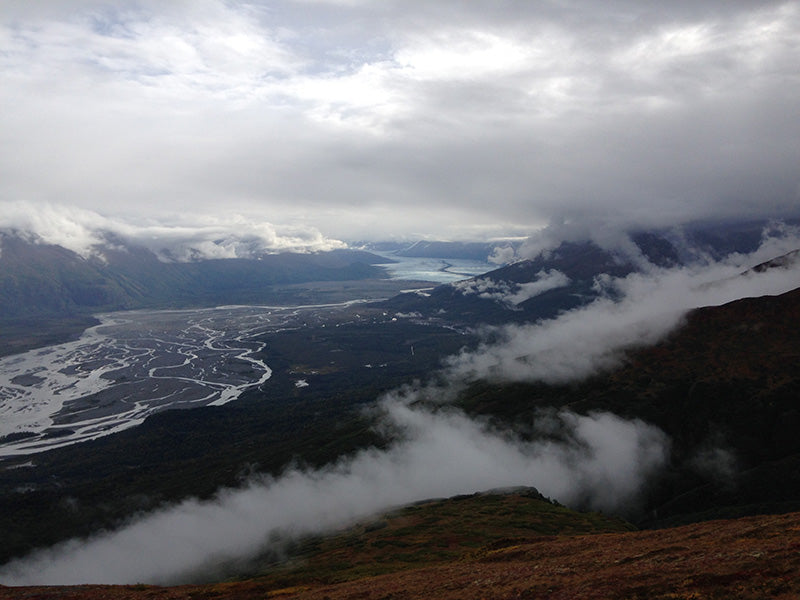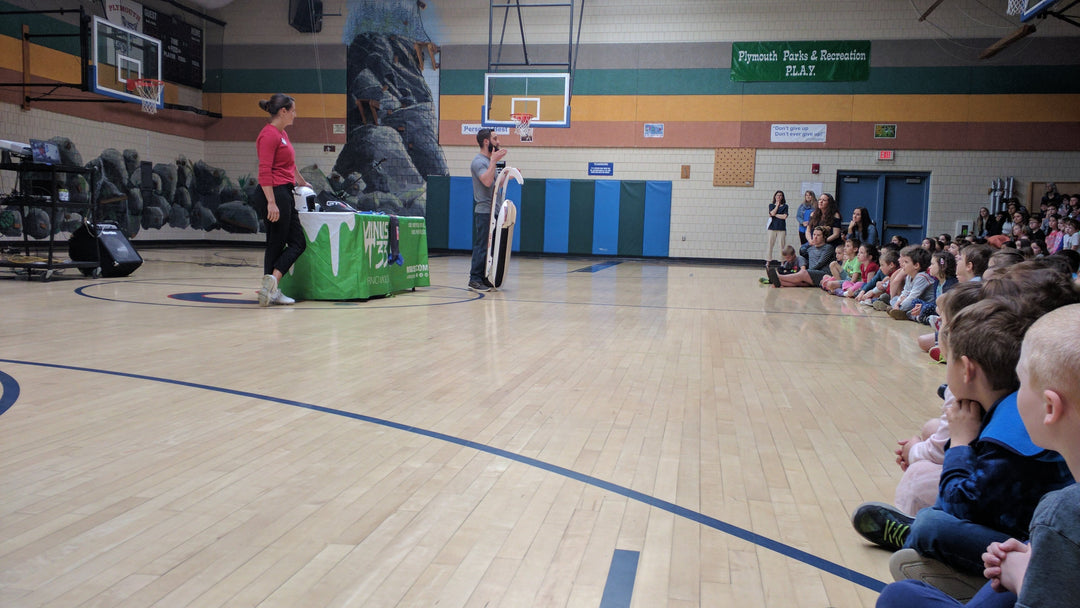-
Men
-
Women
-
Socks
-
About
One of the most common mistakes hikers make is the failure to turn back. Although “summit fever” can be a persuasive emotion, ambition is not a good reason to put oneself in a dangerous situation.
The locals refer to the 46 mountains in the Adirondacks of New York with summits over 4000 feet as the ‘46ers.’ The plan for the weekend was for my girlfriend, Emily, and I to summit 5 of them, via an 18-mile loop with nearly 4000 feet of elevation gain on unmarked trails and up the trail free summits. Upon one last weather check before leaving for the trip Saturday morning, we discovered a rainy forecast for our second day in the mountains, but decided to proceed with the trip since we had been planning it for so long.
Every outdoor recreation season has hazards and dangers to look out for. Hazards in the winter vary from freezing temperatures and getting caught in snowstorms to avalanches at higher elevations. If you hike, ski, or recreate in the mountains in the winter, we have some avalanche safety information to help you stay prepared and recognize the conditions in which avalanches occur.















